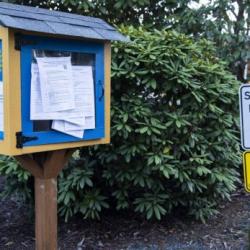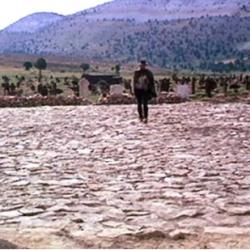This is a pretty terrific PSA from New Zealand dealing with sexual assault (so please be warned that it may be triggering for some).
I came across this via Tobias Rodriguez at Feministing, who provides a good discussion of “bystander intervention as another means to end sexual violence.”
And it is that, as the video powerfully shows. But this idea applies far more generally.
In a sense, “bystander intervention” is an oxymoron. Once you intervene, you are no longer a bystander. The truth of the matter is that there is no such thing as a “bystander” — that’s just a euphemism for a neighbor pretending they’re not a neighbor. For a neighbor failing to be a neighbor. As the scripture says, “We are caught in an inescapable network of mutuality, tied in a single garment of destiny. Whatever affects one directly, affects all indirectly.”
http://www.youtube.com/watch?v=hE9FFvIYPg8The PSA is titled “Who are you?” — which is close to the title of a post here on the subject of subsidiarity, titled “Who is you?” In that post I wrote:
Consider the following all-too-real hypothetical: You see an old man sleeping in the doorway of a church. His blanket is thin and the night is cold.
The answer depends on who “you” are. You may be a local beat cop. You may be the pastor or a parishioner of that church. You may be a professional social worker. You may be a volunteer at the local homeless shelter. You may be a member of the city council. You may be the old man’s daughter or niece or his long-ago college roommate or Army buddy. You may be a stranger who lives across the street from the church. You may be a despised Samaritan just passing through. …
Regardless of who “you” are, you are responsible. But the nature of your responsibility — particularly in the longer term — differs according to the differentiated responsibilities of the various examples above. These differing responsibilities are complementary. They are not — despite the popular American confusion — exclusive.
The Kiwi PSA illustrates exactly this point. It introduces us to a set of characters with different roles in the story — “The Best Friend,” “The Employee,” “The Flatmate,” “The Stranger.” Their roles are different and thus their responsibilities are different, but they are all responsible. They are all caught up in the same inescapable network of mutuality.
In the first half of the video, we see each in turn evade that responsibility. “Who is my neighbor?” they ask. “Am I my sister’s keeper?” And as always when we ask those weasel-questions, the story in that version does not end well.
But then the story rewinds and we get to see them each, in turn, getting it right — embracing the truth that we are all neighbor to all, and that there can never be such a thing as a “bystander” outside the bounds and the bonds of what that entails, each to each and all to all.
So, who are you?

















